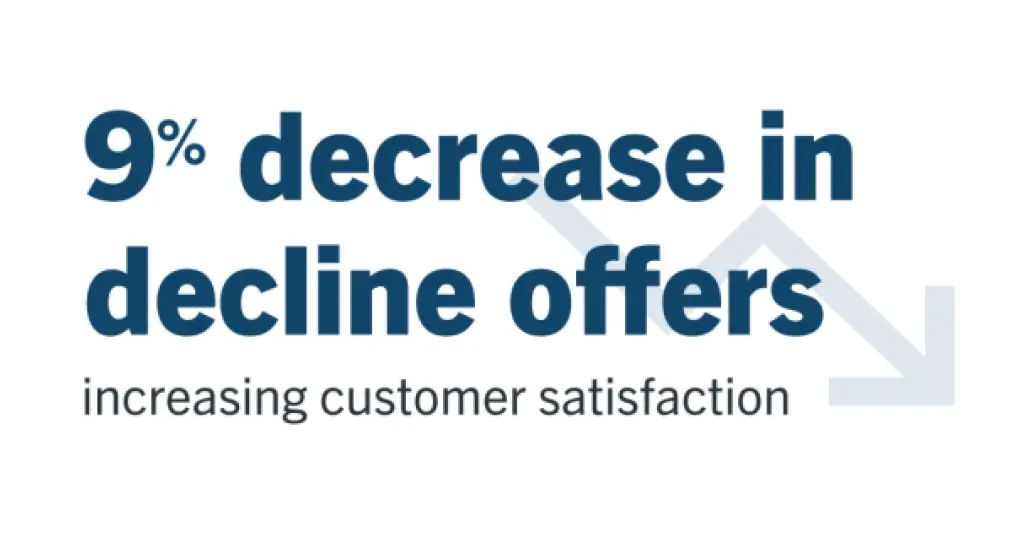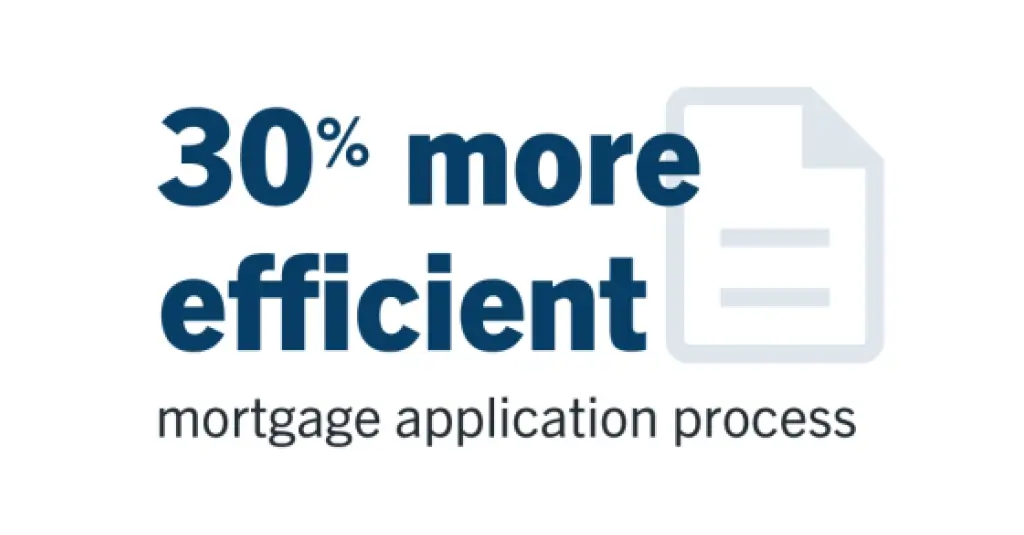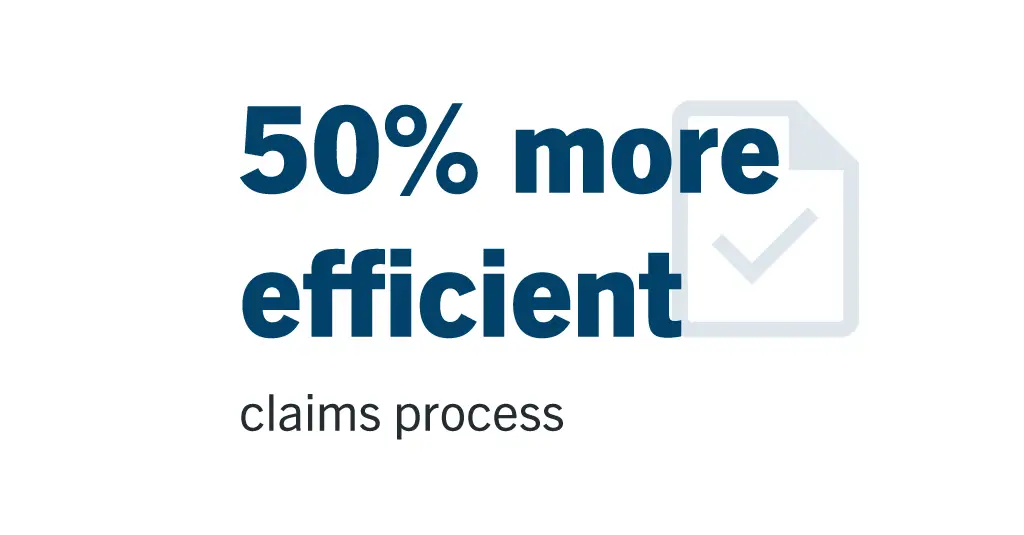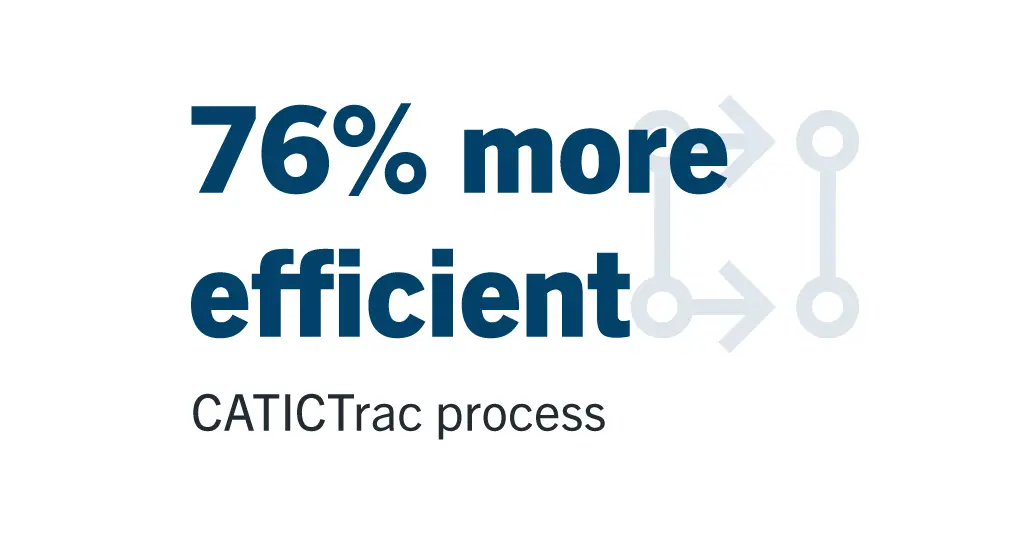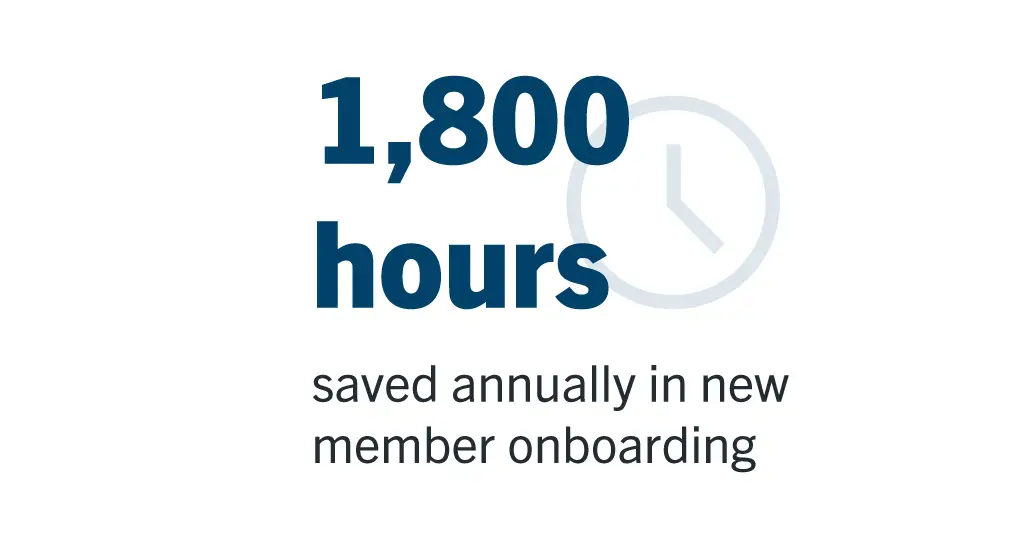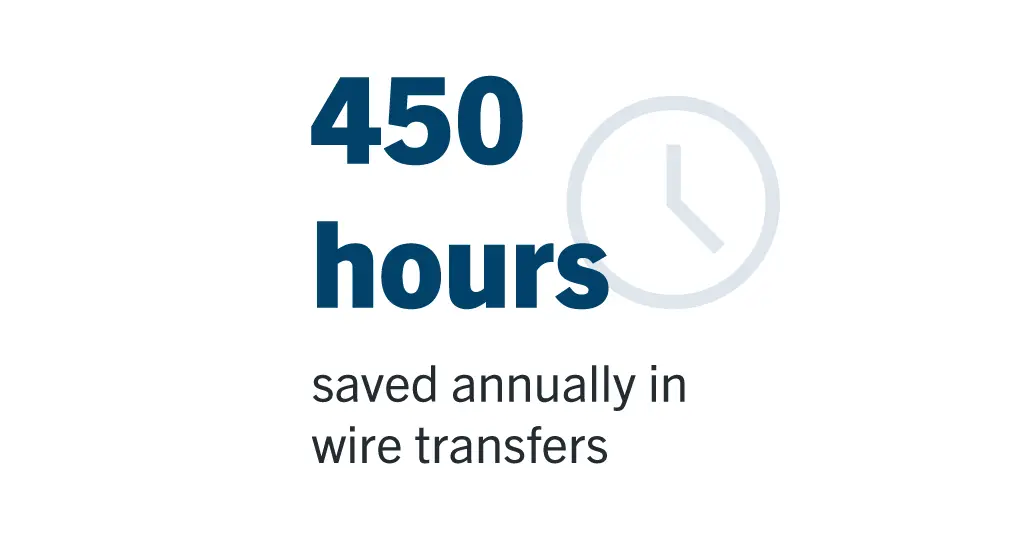SITUATION
• 19 offices spread across 14 geographies
• Needed a workflow engine to power automated processes for the company’s divisions that have diverse requirements and regulatory needs
RESULTS
• Saved time and money streamlining approval processes while freeing up resources to provide better client service
• Created better consistency, efficiency and collaboration by standardizing core processes
• Saved over $150,000 and 100,000 hours to date
Entrusted with the management, fiduciary oversight and administration of in excess of $170 billion of assets under administration, and $25 billion under management, Stonehage Fleming is serious about accuracy, security and service.
The firm has 19 offices spread across 14 geographies, and prides itself on all operations being in precise alignment with clients’ financial goals. This requires highly coordinated systems and teams — whether they are client-facing, in the middle office or back-office.

To achieve this level of efficiency, the Stonehage Fleming IT department is constantly optimizing business processes to ensure they stay ahead of staff, advisor and client needs. A big part of this optimization has been the adoption of Laserfiche as a process orchestration engine and backend information hub.
“We have over 800 staff who start Laserfiche Forms processes across three divisions of the company,” said Gert Bester, IT business systems manager at Stonehage Fleming. “These range from client onboarding to risk and compliance, to appointments and resignations. Everything we can think of — whether it involves integration, or it is a simple or complex solution — Laserfiche can do it.”
A Workflow Powerhouse
Prior to using Laserfiche to automate workflows, the IT team built many of its processes in Microsoft Dynamics Business Central but found it difficult to customize and maintain.
“Laserfiche is very user-friendly and easy to navigate, plus it gives us so many options when it comes to process design,” said David Knight, IT project manager and business analyst at Stonehage Fleming. “With Laserfiche, we simplified our forms templates as well, so we went from around 70 different templates down to three. That makes any changes and testing that needs to be done a lot simpler and faster.”
This discovery prompted the organization to move all automated workflows — which encompassed about 200 projects — to Laserfiche. While Stonehage Fleming’s Family Office and Investment Management divisions rely on Laserfiche for core processes, today, the company’s Group Services division is the heaviest Laserfiche user, as it supports all other parts of the company through core processes including:
- Business development
- New client onboarding
- Risk rating
- Client reviews
- Appointments and resignations
With too many workflows to list, plus over 100 projects currently in production, Stonehage Fleming has been able to streamline operations that have direct impact on the bottom line, as well as the company’s ability to provide high quality client service.
To further cut down manual data entry, Knight, Bester and the IT team have built API integrations between Laserfiche and Microsoft Dynamics 365 Business Central, DocuSign, RiskScreen, Twilio, multiple third-party databases and the company’s website and proprietary data warehouse. The connections enable the automation of the creation of certain data, and eliminate the need for manual verification and other mundane, repetitive tasks.
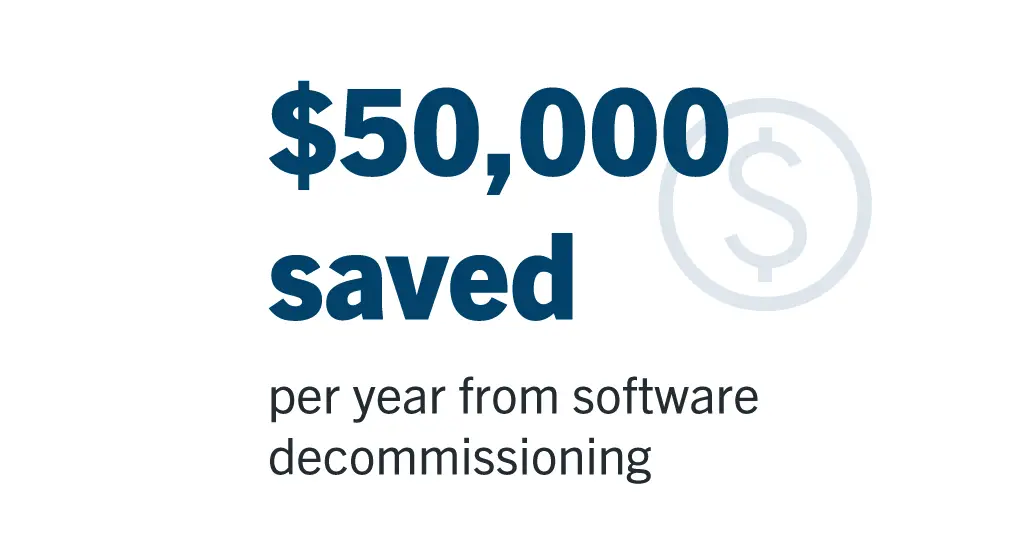
Today, the team estimates that Laserfiche has saved over $150,000 and tens of thousands of hours, while they continue to collect data on efficiency gains in other areas.
“We are also replacing some built-in processes, which were slow and heavy to maintain, with modern, fully integrated and user-friendly Laserfiche Forms, improving back office and front office efficiency,” said Bester.
Breaking the Cycle of Mundane Tasks
Stonehage Fleming’s most successful Laserfiche digital transformation project to date has been the Business Development process, which involves the onboarding of clients or potentials client to any particular product offering.
Onboarding is triggered by a client relationship manager and involves a number of automated tasks that are now managed by Laserfiche workflow, such as the creation of a bank account with Stonehage Fleming’s own treasury or an outside entity. Also required are a multitude of approvals, streamlined with Laserfiche as well. “The gains for us are in the templates that sit within the workflows,” Knight said. “Laserfiche pushes all data into those templates and it’s ready to be signed off very quickly.”
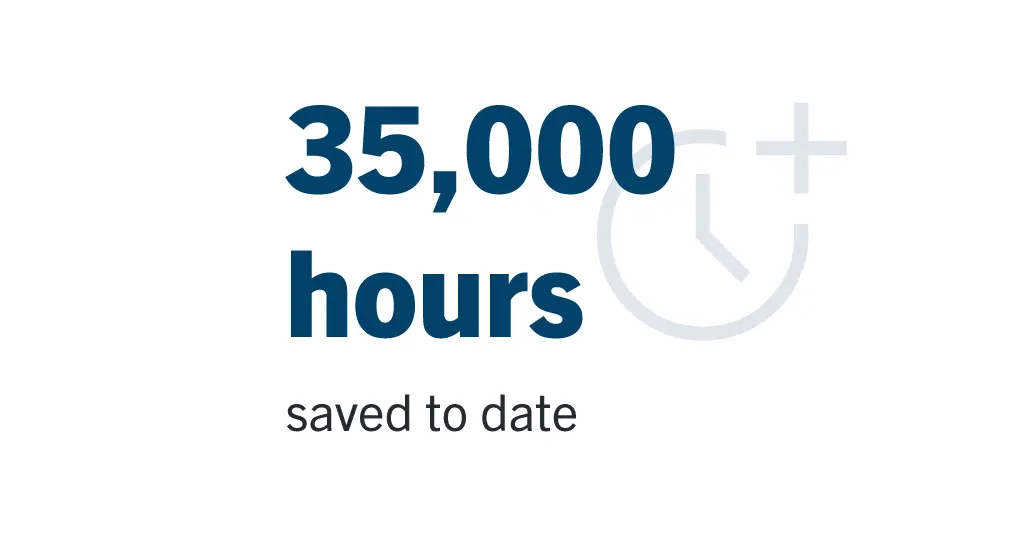
“We have increased consistency, efficiency and collaboration by standardizing the main Business Development process across 11 offices,” Bester explained. “The result has been more visible and transparent results on Stonehage Fleming’s expected revenue stream.”
“We’ve seen over 8,000 of these processes run within the first few years of using the solution, and the amount is increasing year on year,” Knight added. Additionally, Annual Financial Statement Reviews and the Economic Substance process require complicated and lengthy approvals which were previously executed via email. These emails were manual reminders to staff to review sets of financial data and get back to an accountant within a certain amount of time.
“They were taking a lot of manual effort — from the emails to the signing and uploading of documents,” Knight said. “Today, there’s none of that. The whole process is truly automated; there’s no need to chase colleagues anymore, no lost emails or mixed-up versions. Even the storage process is automated.”
“Once all parties review the information, Laserfiche generates the resolution statements or minutes, which are uploaded with the workflow to DocuSign,” Bester said. “Then all documents are saved back into Laserfiche. Maintaining the custodian data (in Business Central) is done via APIs, so none of our users have to manually re-enter that information back into any system.”
Enhancing Security and Client Service
In addition to Laserfiche’s integration and workflow capabilities, Stonehage Fleming has benefited from the security tools that support the company’s strict information governance practices. “Due to regulatory requirements, client information in certain regions can only be viewed by specific offices — everything must be put in blocks or silos,” Bester said. “Oftentimes, compliance will need to see a user or investigate who has accessed that information, so Laserfiche Audit Trail has been quite handy. We have also built our own GDPR system module with Laserfiche workflow.”
Today, the team continues to optimize existing processes and develop new solutions to meet the needs of the business and its clients.
“We have an ever-growing list of business requirements coming in, for which we have also built an innovative solution with Laserfiche Forms that is used to gather requirements,” Bester said. “We have also accelerated the adoption of Laserfiche across the company by improving the workflows running in the background, while also making the business more independent by developing forms to manage metadata without any input from IT.”

Ultimately, the IT team aligns its work with Laserfiche with Stonehage Fleming’s values, which are focused on excellence, integrity and embracing the behaviors that make families harmonious and successful.
“Laserfiche enables us to provide better service,” Bester said. “When clients request information, we make it easier for our staff to retrieve that information. Instead of requiring the company to acquire more resources to do the work, we’re looking at ways to do more automation, so that the middle office can provide more support to the front-office team. In turn, our front office can better support our clients.”


